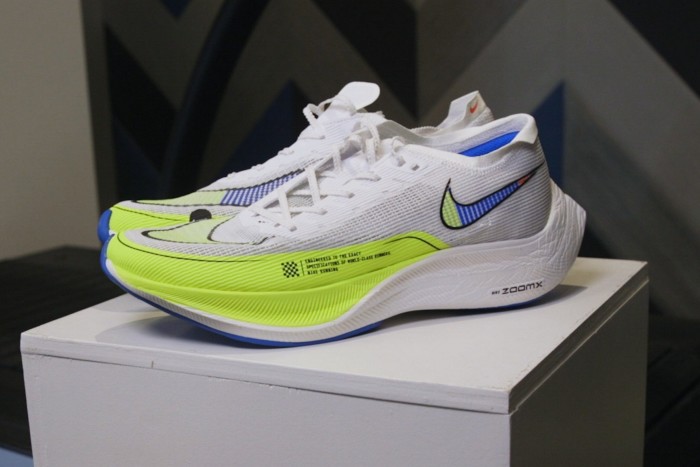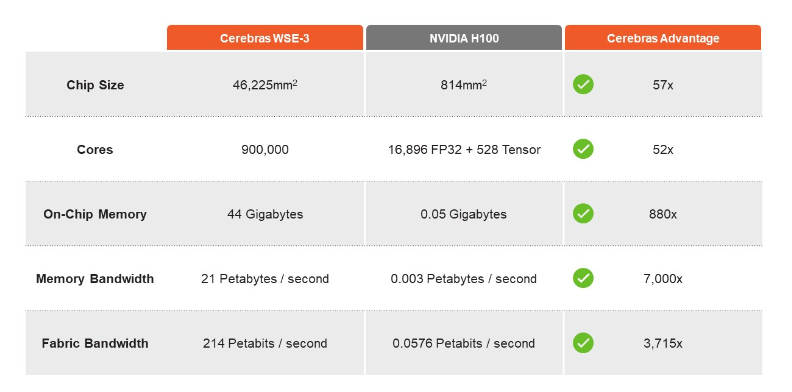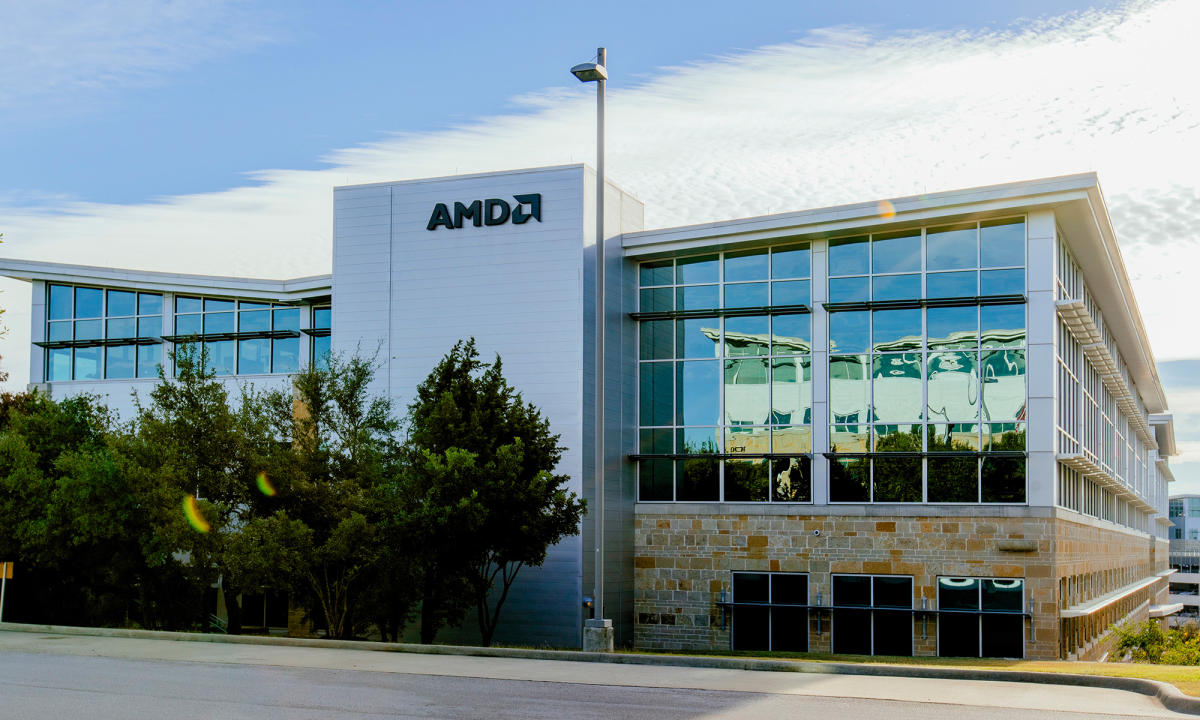As Nike tries to lift itself out of a sales slump with a new chief executive on Monday, the rest of the athletic footwear industry is booming.
Retailers are expanding their reliance on brands beyond the famed swoosh.
Foot Locker, one of the largest global sneaker retailers, posted a return to comparable store sales growth in its most recent quarter, due in part to the chain diversifying its assortment of products to brands beyond Nike.
Designer Brands Inc, which operates DSW shoe stores across North America, is also expanding its sneaker offerings, while Fleet Feet, a US-based chain of running speciality stores, said it “has never seen product this strong” from trainer brands.
Designer Brands chief executive Doug Howe told investors last month the company is in the midst of a “pivot” to offering more athletic footwear — up to 42 per cent of its assortment this year, from 32 per cent in 2017. While overall sales at US DSW stores fell 3 per cent in the most recent quarter, sales of athletic footwear, including Nike, rose 16 per cent.

The positive momentum at sneaker chains across consumer categories — from fashion, to family, to speciality — underscores the optimism for athletic footwear writ large, if not for Nike. Earlier this month, the swoosh withdrew its financial guidance for the year and reported a 10 per cent drop in sales over the three-month period ended in August.
“Footwear is interesting because it can be recession-proof in a sense,” said Matt Priest, chief executive of the Footwear Distributors and Retailers of America, a US trade association.
Even in adverse economic conditions with interest rates high, albeit coming down, “people still buy shoes in lieu of a new car or a washing machine”, he said.
Global retail sales of sports footwear totalled $165bn in 2023, up 23 per cent from 2018, according to Euromonitor. Growth occurred in every geographic region, led by Latin America, up 38 per cent, while Asia Pacific and North America remained the top two largest markets.
In the US, where 99 per cent of footwear is imported, sneakers are on the rise. Imports of athletic shoes are up more than 10 per cent year over year through August, Priest said, compared to a rise of just 1 per cent for all footwear.

Industry experts and retailers say the segment is performing well in part because of the broader “casualisation” of society, in which trainers are increasingly acceptable footwear in the workplace and for going out.
“Once you discover that you can wear sneakers for almost everything, you hardly ever go back to heels”, Foot Locker chief executive Mary Dillon said last month.
The fortunes of Foot Locker were once so closely tied to Nike that both companies cited one another for years in regulatory filings as their sole significant customer.
The proportion of Foot Locker’s inventory from Nike and its subsidiary Jordan brand peaked at 75 per cent in 2020, falling to 65 per cent last year.
At an investor conference last month, Dillon said Nike would “always” be an important partner, but emphasised the chain’s expanded offering of other brands, including Hoka, New Balance and On.
“Customers are voting. People want choice in this category. It’s very clear. They’re buying multiple brands and . . . using them for lots of different occasions,” Dillon said.
Some of the increased competitiveness in athletic footwear can be attributed to factors precipitated by Nike.
In 2017, the industry leader announced an aggressive plan to shift its sales strategy towards a direct-to-consumer model, moving away from what it called “mediocre retail”. This opened up shelf space at chains like Foot Locker for other brands.

That same year, Nike debuted its transformational Vaporfly 4% running shoe with improved foam and a carbon fibre plate in the sole, setting off an innovation arms race across the industry.
But Nike executives acknowledged the company pushed too hard into direct and online sales and failed to catch up with consumers who returned to shopping in stores as pandemic lockdowns eased. It is now working to win back retail partners.
“Our teams have been closely engaging with our partners since we acknowledged some of the mis-steps related to over-centring on direct [sales]”, said Matthew Friend, Nike’s chief financial officer, this month.
Foot Locker has said it expects a “return to growth” with Nike this year. Victor Ornelas, senior director of vendor management at Fleet Feet, a speciality chain for runners with 280 locations across the US, told the FT that “we have experienced an increase in energy and connections” from Nike beginning this year.
To be sure, there are weak spots in the global athletic shoe marketplace. UK athletic shoe chain JD Sports posted falling profits for the half-year through August, in large part due to operational changes and the closure of a distribution centre.
Still, brands other than Nike have stepped up. At Foot Locker’s flagship store in New York City, autumn displays this month featured Timberland boots and Ugg slides, as well as prominent showcases for New Balance and Hoka.
Ornelas of Fleet Feet said brands are distinguishing themselves with footwear that can be used for various purposes — fusing the latest technology of performance foam soles, useful for running, with an upper part of the shoe in neutral colours that can be worn with a range of outfits.
“We are heavy into booking season right now for [shoes that will arrive in spring] 2025, and we’ve never seen product this strong,” said Ornelas.











































































































































You must be logged in to post a comment Login